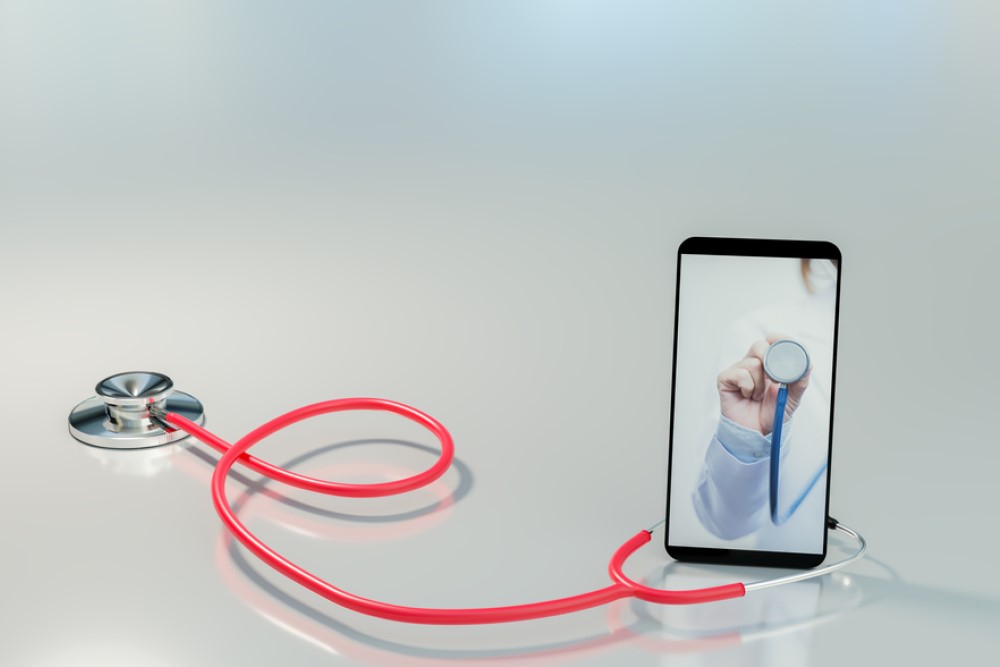In early 2021, the Trevor Project — a mental health crisis hotline for LGBTQIA+ youths — made headlines with its decision to utilize an AI chatbot as a method for training counselors to deal with real crises from real people. They named the chatbot “Riley.” The utility of such a tool is obvious: if successful, new recruits could be trained at all times of day or night, trained en masse, and trained to deal with a diverse array of problems and emergencies. Additionally, training workers on a chatbot greatly minimizes the risk of something going wrong if someone experiencing a severe mental health emergency got connected with a brand-new counselor. If a new trainee makes a mistake in counseling Riley, there is no actual human at risk. Trevor Project counselors can learn by making mistakes with an algorithm rather than a vulnerable teenager.
Unsurprisingly, this technology soon expanded beyond the scope of training counselors. In October of 2021, the project reported that chatbots were also used to screen youths (who contact the hotline via text) to determine their level of risk. Those predicted to be most at-risk, according to the algorithm, are put in a “priority queue” to reach counselors more quickly. Additionally, the Trevor Project is not the only medical/counseling organization utilizing high-tech chatbots with human-like conversational abilities. Australian clinics that specialize in genetic counseling have recently begun using a chatbot named “Edna” to talk with patients and help them make decisions about whether or not to get certain genetic screenings. The U.K.-based Recovery Research Center is currently implementing a chatbot to help doctors stay up-to-date on the conditions of patients who struggle with chronic pain.
On initial reading, the idea of using AI to help people through a mental or physical crisis might make the average person feel uncomfortable. While we may, under dire circumstances, feel okay about divulging our deepest fears and traumas to an empathetic and understanding human, the idea of typing out all of this information to be processed by an algorithm smacks of a chilly technological dystopia where humans are scanned and passed along like mere bins of data. Of course, a more measured take shows the noble intentions behind the use of the chatbots. Chatbots can help train more counselors, provide more people with the assistance they need, and identify those people who need to reach human counselors as quickly as possible.
On the other hand, big data algorithms have become notorious for the biases and false predictive tendencies hidden beneath a layer of false objectivity. Algorithms themselves are no more useful than the data we put into it. Chatbots in Australian mental health crisis hotlines were trained by analyzing “more than 100 suicide notes” to gain information about words and phrases that signal hopelessness or despair. But 100 is a fairly small amount. On average, there are more than 130 suicides every day in the United States alone. Further, only 25-30% of people who commit suicide leave a note at all. Those who do leave a note may be having a very different kind of mental health crisis than those who leave no note, meaning that these chatbots would be trained to only recognize clues present in (at best) about a quarter of successful suicides. Further, we might worry that stigma surrounding mental health care in certain communities could disadvantage teens that already have a hard time accessing these resources. The chatbot may not have enough information to recognize a severe mental health crisis in someone who does not know the relevant words to describe their experience, or who is being reserved out of a sense of shame.
Of course, there is no guarantee that a human correspondent would be any better at avoiding bias, short-sightedness, and limited information than an algorithm would be. There is, perhaps, good reason to think that a human would be much worse, on average. Human minds can process far less information, at a far slower pace, than algorithms, and our reasoning is often imperfect and driven by emotions. It is easy to imagine the argument being made that, yes, chatbots aren’t perfect, but they are much more reliable than a human correspondent would be.
Still, it seems doubtful that young people would, in the midst of a mental health crisis, take comfort in the idea of typing their problems to an algorithm rather than communicating them to a human being. The facts are that most consumers strongly prefer talking with humans over chatbots, even when the chatbots are more efficient. There is something cold about the idea of making teens — some in life-or-death situations — make it through a chatbot screening before being connected with someone. Even if the process is extremely short, it can still be jarring. How many of us avoid calling certain numbers just to avoid having to interact with a machine?
Yet, perhaps a sufficiently life-like chatbot would neutralize these concerns, and make those who call or text in to the hotline feel just as comfortable as if they were communicating with a person. Research has long shown that humans are able to form emotional connections with AI extremely quickly, even if the AI is fairly rudimentary. And more seem to be getting comfortable with the idea of talking about their mental health struggles with a robot. Is this an inevitable result of technology becoming more and more a ubiquitous part of our lives? Is it a consequence of the difficulty of connecting with real humans in our era of solitude and fast-paced living? Or, maybe, are the robots simply becoming more life-like? Whatever the case may be, we should be diligent that these chatbots rely on algorithms that help overcome deep human biases, rather than further ingrain them.



